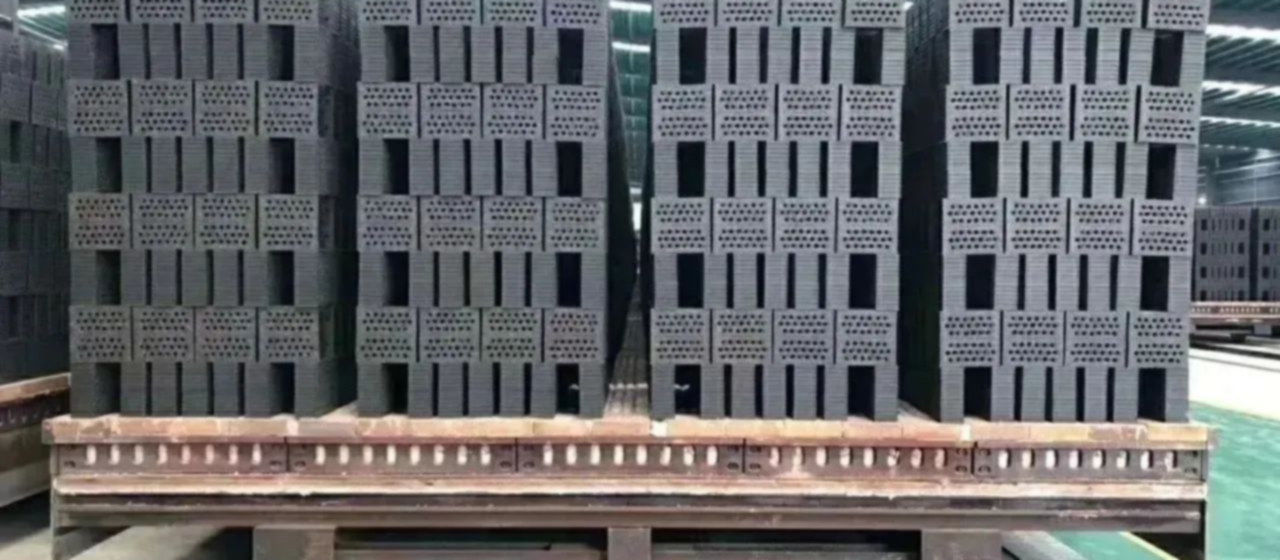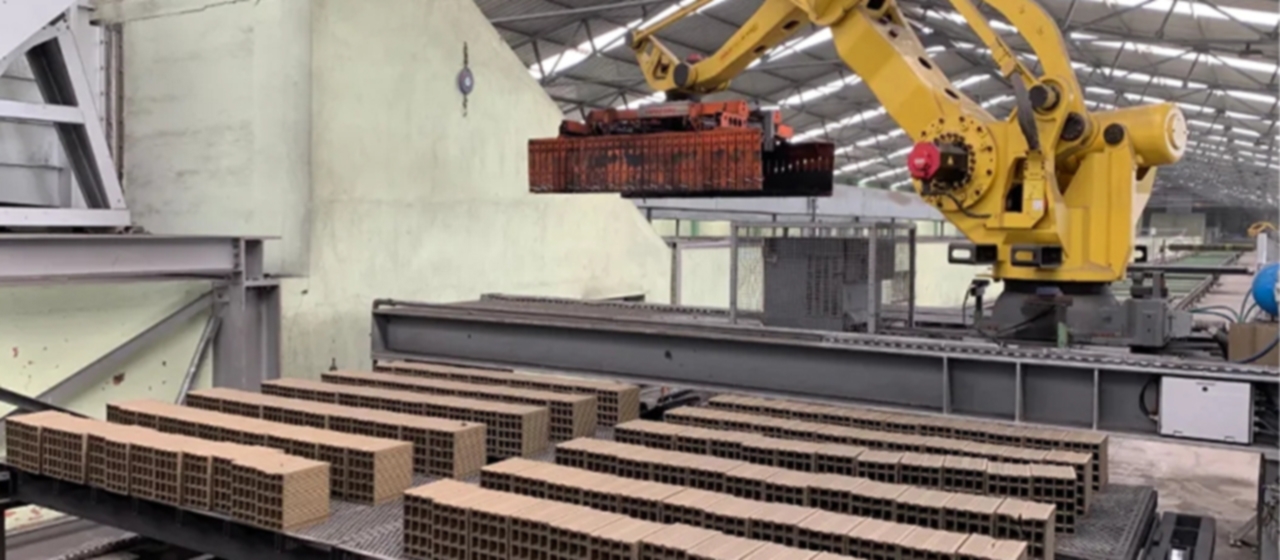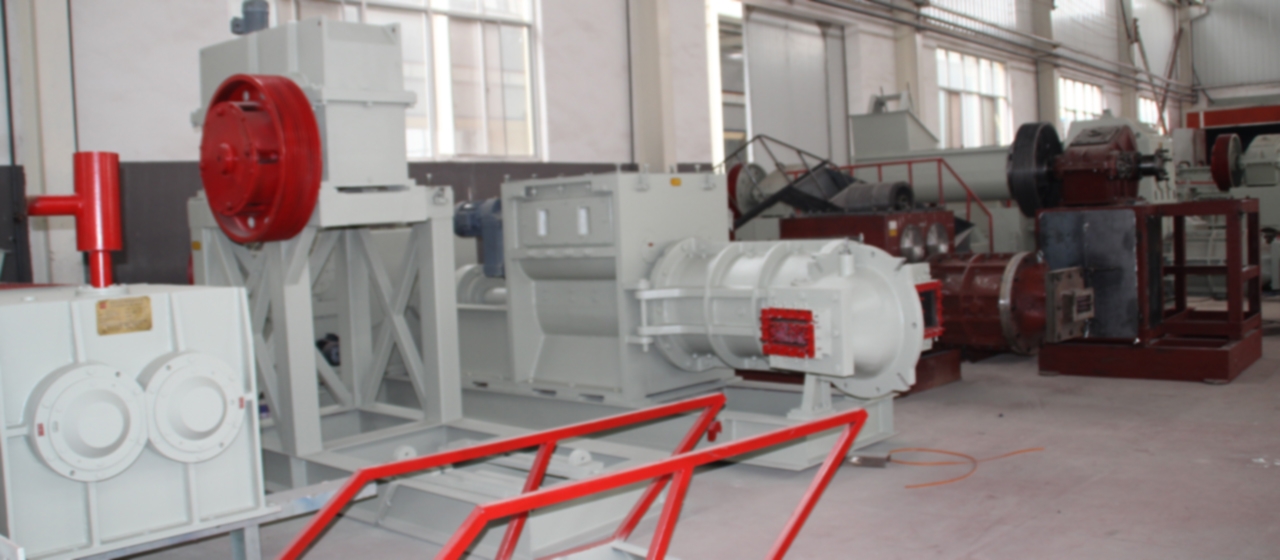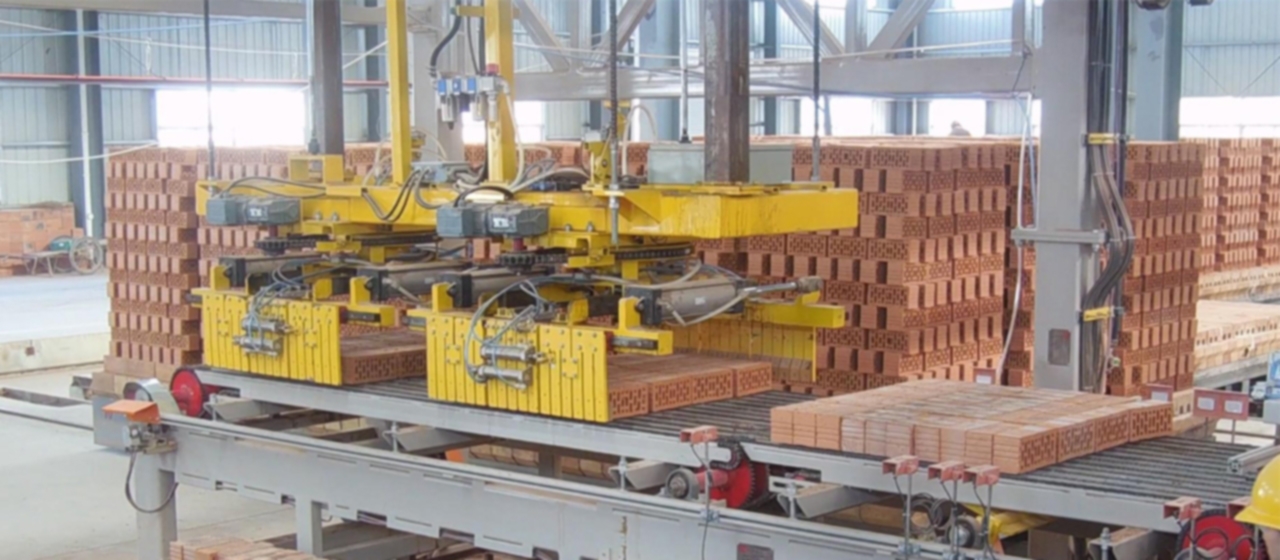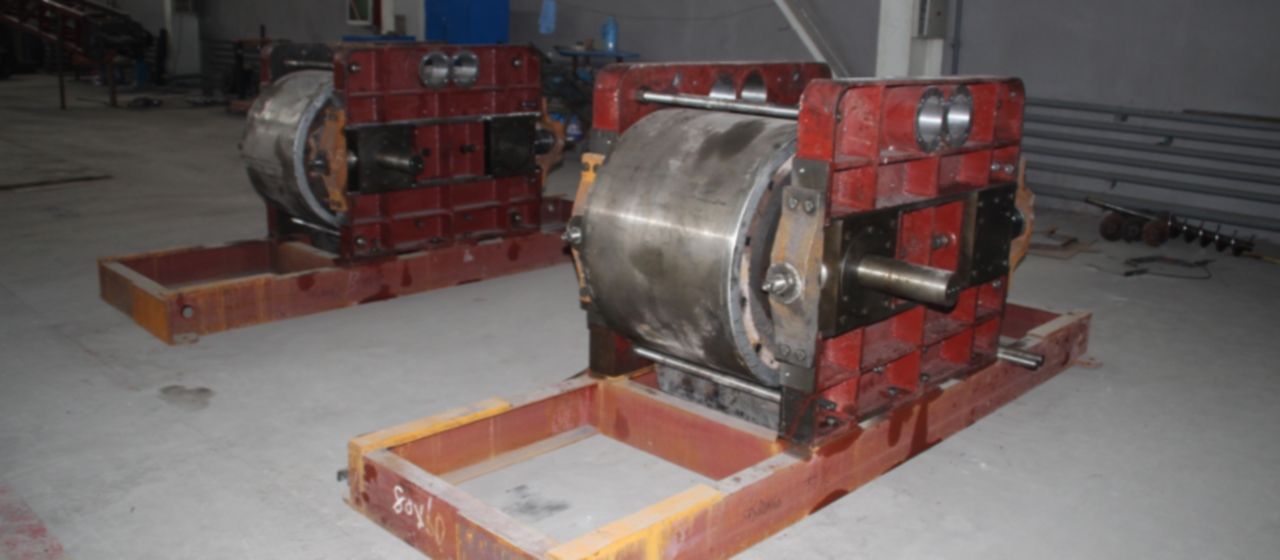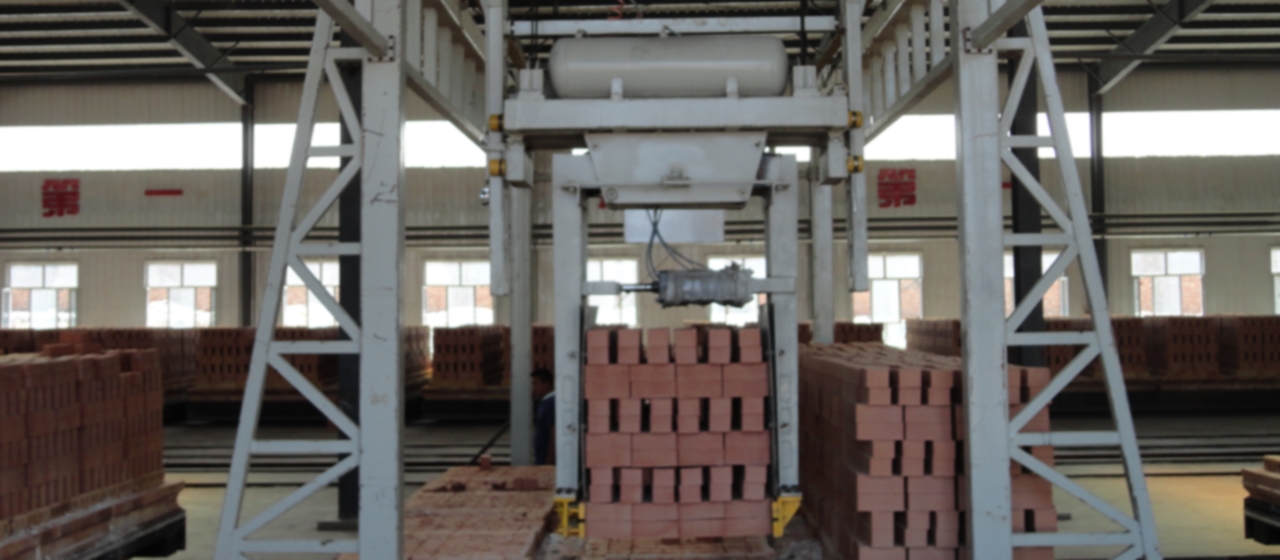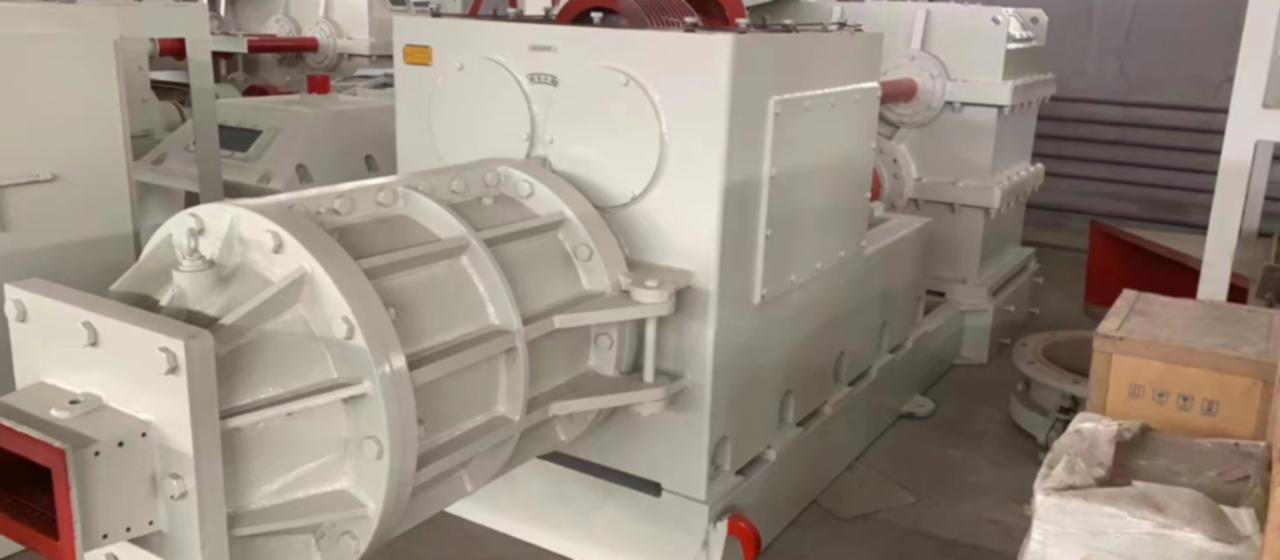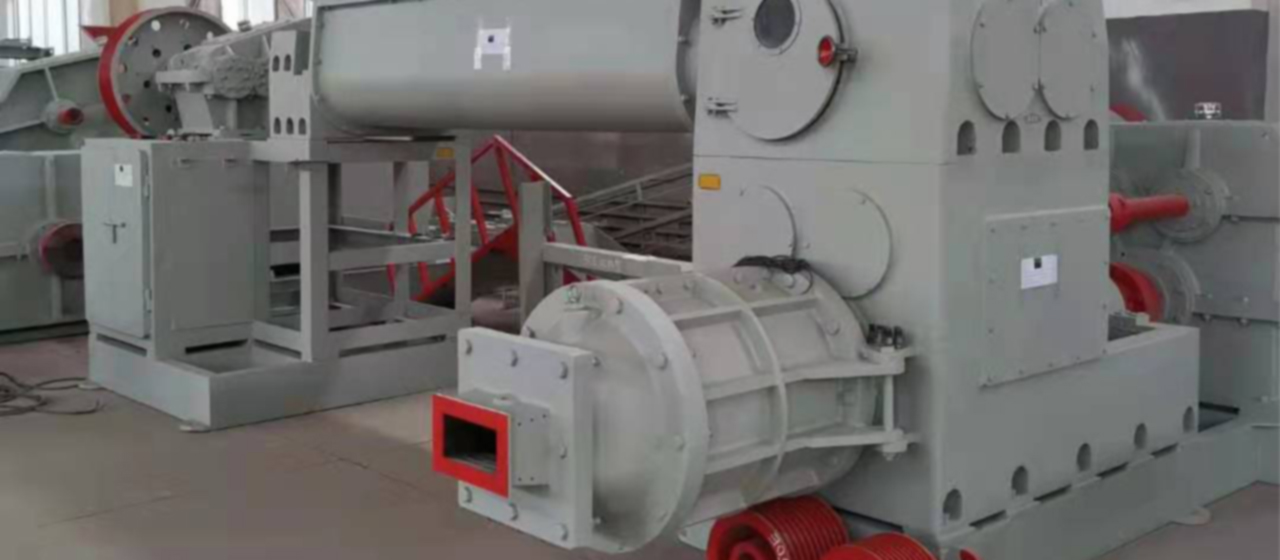What are the types of bricks in wall materials?
There are many types of wall materials, but due to the low price of bricks and their ability to meet certain building functional requirements, bricks account for about 90% of wall materials. According to the different raw materials used, there are sintered ordinary bricks, fly ash bricks, and autoclaved gray sand bricks.
1. Sintering ordinary bricks
Solid bricks made from clay, shale, coal gangue, fly ash and other main raw materials, which are obtained through material extraction, preparation, billet making, drying, and roasting, are classified into clay bricks, shale bricks, coal gangue bricks, etc. according to the main raw materials. The technical requirements for sintered ordinary bricks include: external dimensions, compressive strength, weathering resistance, and appearance quality.
(1) The external dimensions of bricks; 240mm in length, 50mm in width, and 53mm in height.
(2) Compressive strength of bricks; The strength grades of bricks are divided into five levels: MU30, MU25, MU20, MUl5, and MU10. The division method is based on the average compressive strength and strength standard value of 10 bricks.
(3) The weathering resistance of bricks refers to their ability to resist climate changes such as dryness, wetness, temperature, and freeze-thaw cycles.
(4) The appearance quality of bricks: According to the inspection results of brick size deviation, crack length, color, frosting, lime cracking, etc., they are divided into three product grades: excellent, first-class, and qualified.
2. Fly ash bricks
Fly ash brick is a solid brick made from fly ash and lime as the main raw materials, mixed with appropriate amounts of gypsum and slag, mixed with water to form a billet, pressed into shape, and then cured with high-pressure or atmospheric steam.
(1) The nominal dimensions of the brick are: length 240mm, width 115mm, and height 53mm.
(2) According to the requirements of compressive strength, flexural strength, and aging resistance of bricks, they are divided into five grades: MU30, MU25, MU20, MUl5, and MUlO.
(3) According to the appearance quality and drying shrinkage value of bricks, they can be divided into: superior products, first-class products, and qualified products. Fly ash bricks can be used for walls and foundations in industrial and civil buildings, but bricks with a strength grade of MUL5 or higher must be used for foundations or for building parts that are susceptible to freeze-thaw and wet dry alternation. Fly ash bricks shall not be used in building parts that are subjected to long-term heating (above 200 ℃), rapid cooling, rapid heating, and erosion by acidic media.
3. Autoclaved gray sand brick
Autoclaved lime sand brick is a solid wall material mainly made of lime and sand, which is prepared from raw materials, pressed into shape, and steam cured.
(1) The dimensions of the brick are: length 240mm, width 115mm, and height 53mm.
(2) According to the requirements for compressive strength, flexural strength, and frost resistance of gray sand bricks, they are divided into four grades: MU25, MU20, MU15, and MU10.
(3) According to the strength and appearance of gray sand bricks, they can be divided into three grades: excellent bricks, first-class bricks, and qualified bricks. Steam pressed gray sand bricks of grade MU15 or above can be used for foundations or other building parts, while grade MU10 bricks can only be used for building parts above the moisture-proof layer. Building parts that are subjected to long-term heating above 200 ℃, rapid cooling, rapid heating, and erosion by acidic media shall not use autoclaved sand and mortar bricks.

